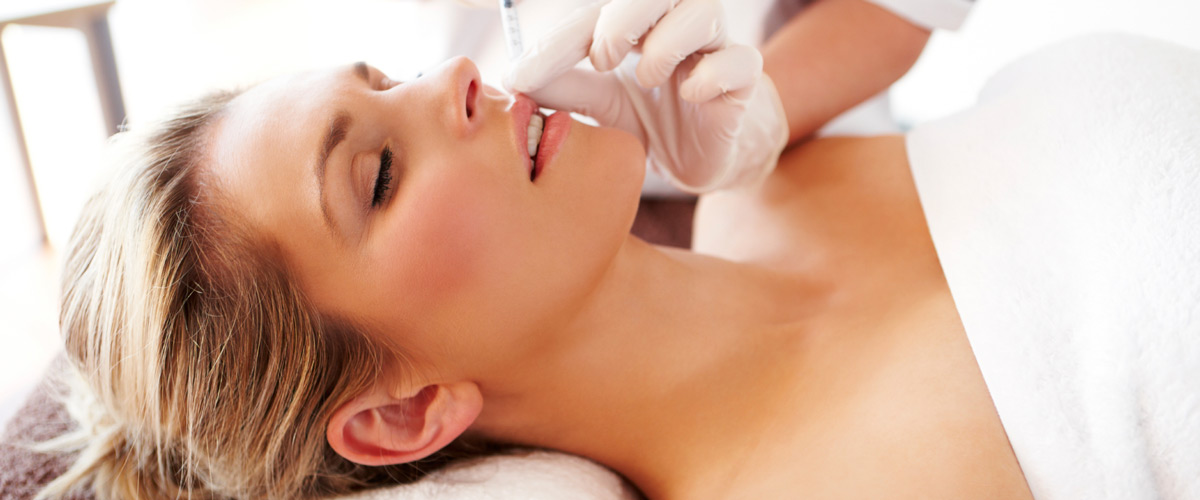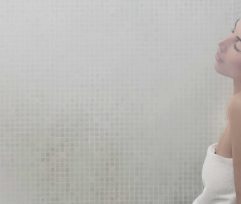By now most of us know someone who has tried Botox as a means of cosmetically reducing the wrinkles on certain areas of their face. The American Society of Plastic Surgeons reported that in the United States in 2014 alone, over 6 million people tried botox at least once. It’s popularity is largely because it a very minimally invasive way of treating wrinkles and doesn’t involve a general anesthetic.
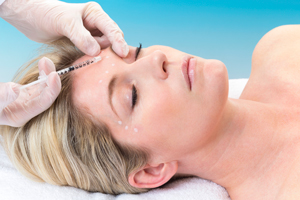 What is Botox?
What is Botox?
Botox is a drug that works by inhibiting the function of certain cells in the nervous system. Put simply, it temporarily paralyzes one’s muscles so they cannot move. The drug used is generically known as botulinum toxin and originates from a bacterium by the name of clostridium botulinum. Botox is one of the more common commercial versions of the drug.
Where did Botox Originate From?
Botulinum toxin was discovered long before it was put to use for cosmetic purposes. In the late 70s, it was approved by the FDA for use in correcting eye muscle spasms. By the 80s the drug was being used to calm spasms in the neck and limbs also. It wasn’t until 2002 that the drug was FDA approved for use as a cosmetic drug to treat wrinkles on the face. Its most popular cosmetic use is on the brow line and around the eyes.
Botox Non Cosmetic Uses
Despite the fact that botox is commonly used in cosmetic procedure, it still has many other medical uses to date. It has been known to assist patients with chronic migraines, severe sweating, crossed eyes and those with overactive bladders.
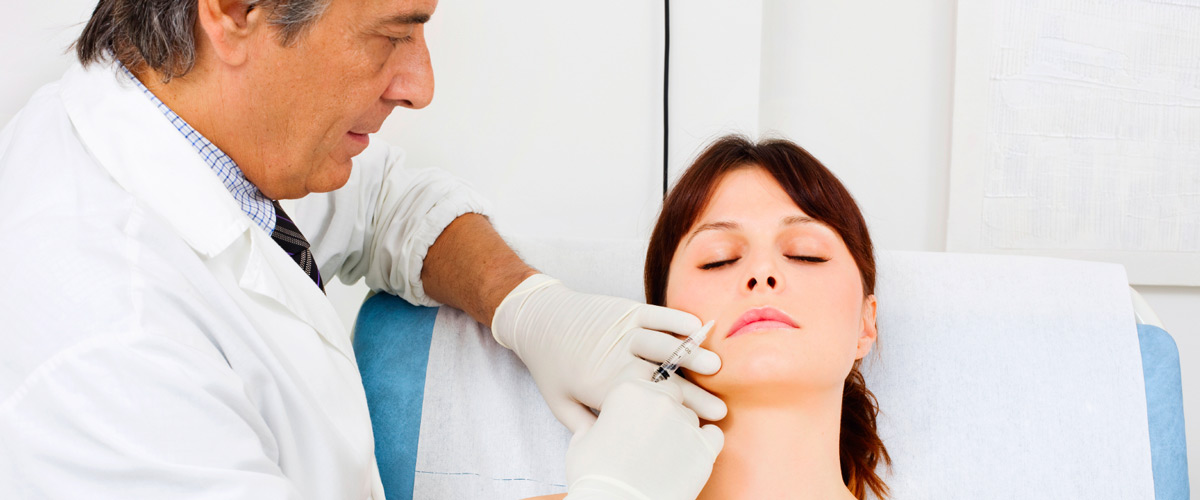
Cosmetic Botox – The Ideal Candidate
The ideal candidate for Botox will be over 18 and under 65. It is primarily for those who are looking for a more youthful appearance but do not want to take the risk of surgery for a facelift. Women who are pregnant or breastfeeding are encouraged not to undertake any botox treatment as it may affect their unborn or nursing child.
Commonly, botox is used to treat wrinkles in the forehead, around the eyes, and the lines that appear around the patient’s mouth when they smile.
Candidates should note that botox will not correct mental distortions that lead one to believe they look a certain way that is not generally seen by the rest of the world. It is most important that the patient be assured in their self worth and have positive self-esteem. The best candidate for botox will have goals to look forward too and a healthy outlook on their face and life in general.
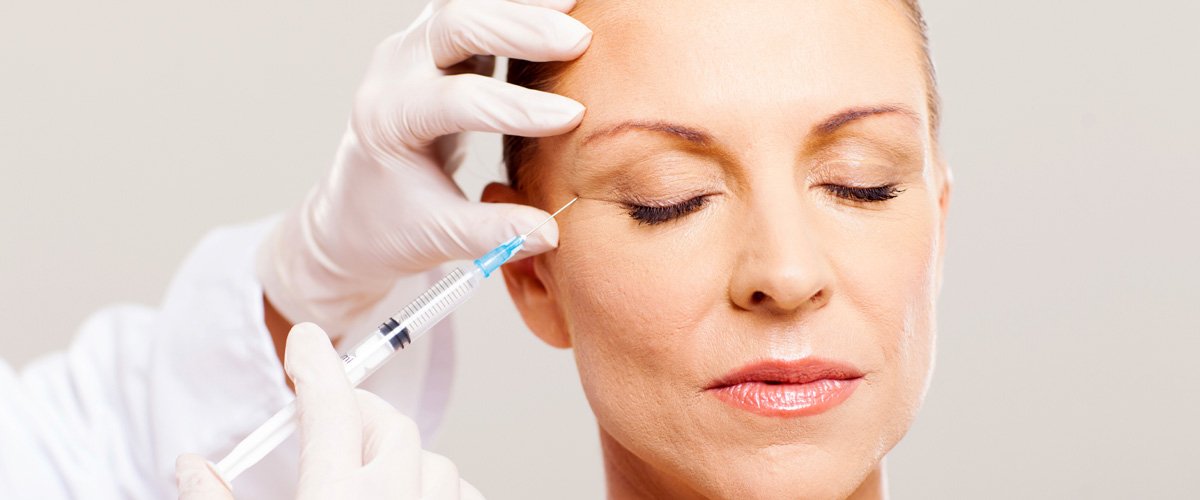
Cosmetic Botox – Procedural Steps
- Some doctors put numbing cream on the area that is going to be injected. Some patients opt out of the numbing cream application as it generally costs more to have it administered. Be sure to let your doctor know your pain threshold, to see if you will need the numbing cream or not.
- Once the numbing agent is applied (if the patient has opted for it), the doctor then injects the botox into the muscle that is to be paralyzed.
Risks and Complications
It is important to note that Botox does not fill wrinkles, it paralyzes the muscle that causes wrinkles to form. So if your wrinkles have been prominent for over a decade, it may not be the case that botox alone will reduce their appearance. In some cases botox is combined with a filler like restylane to ensure that the appearance of certain wrinkles are reduced.
Patients should also note that botox results are not permanent and the muscle needs to be re-injected every four to six months.
Some patients may experience certain side effects after injecting botox into their muscles. if any of these occur, patients should contact their doctor immediately:
- Muscles weakened that were not intended to be affected near where the injection was made
- Bruising or swelling at the site of the injection
- headache or neck and back pain
When to expect results
After you have had the injection, it may take a few days for the muscles to be paralyzed and stop showing up wrinkles. Visible results are usually seen within three to five days, however it can take up to 2 weeks to see full results.

